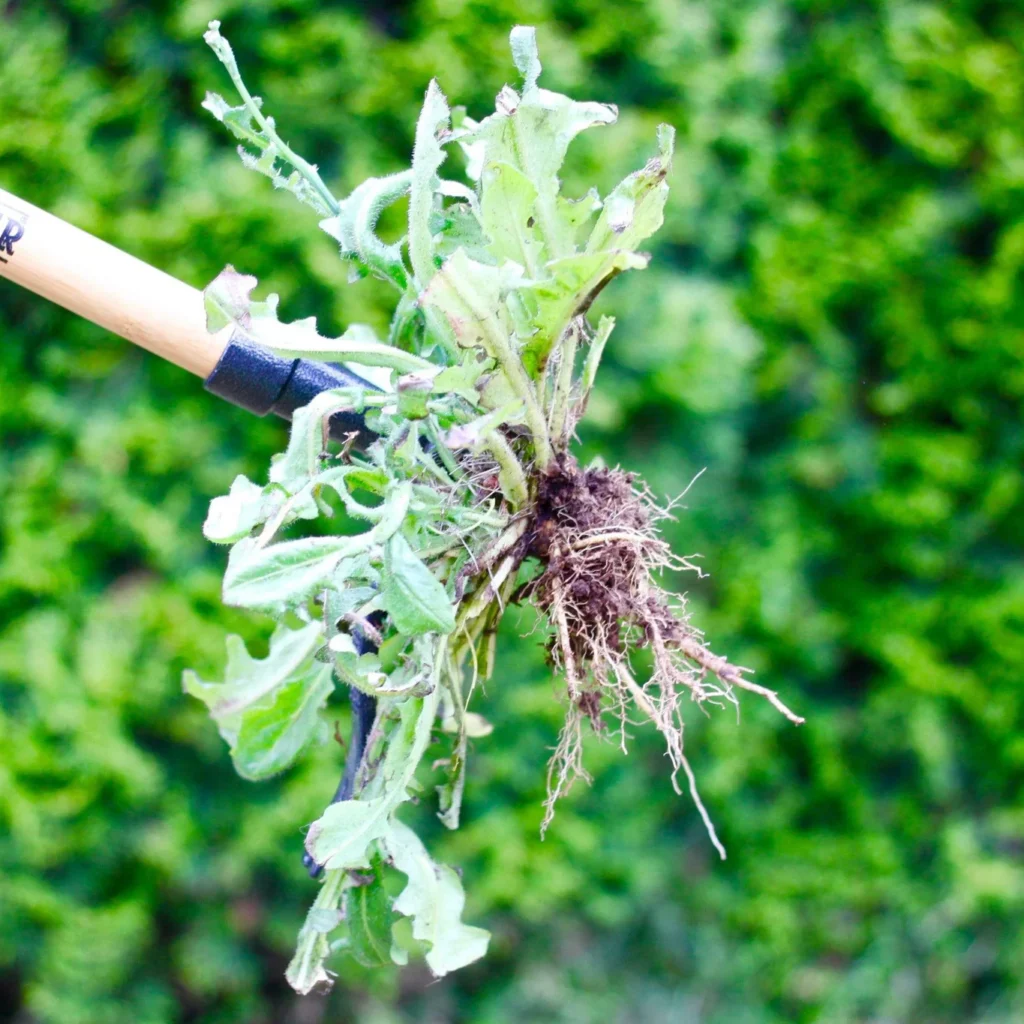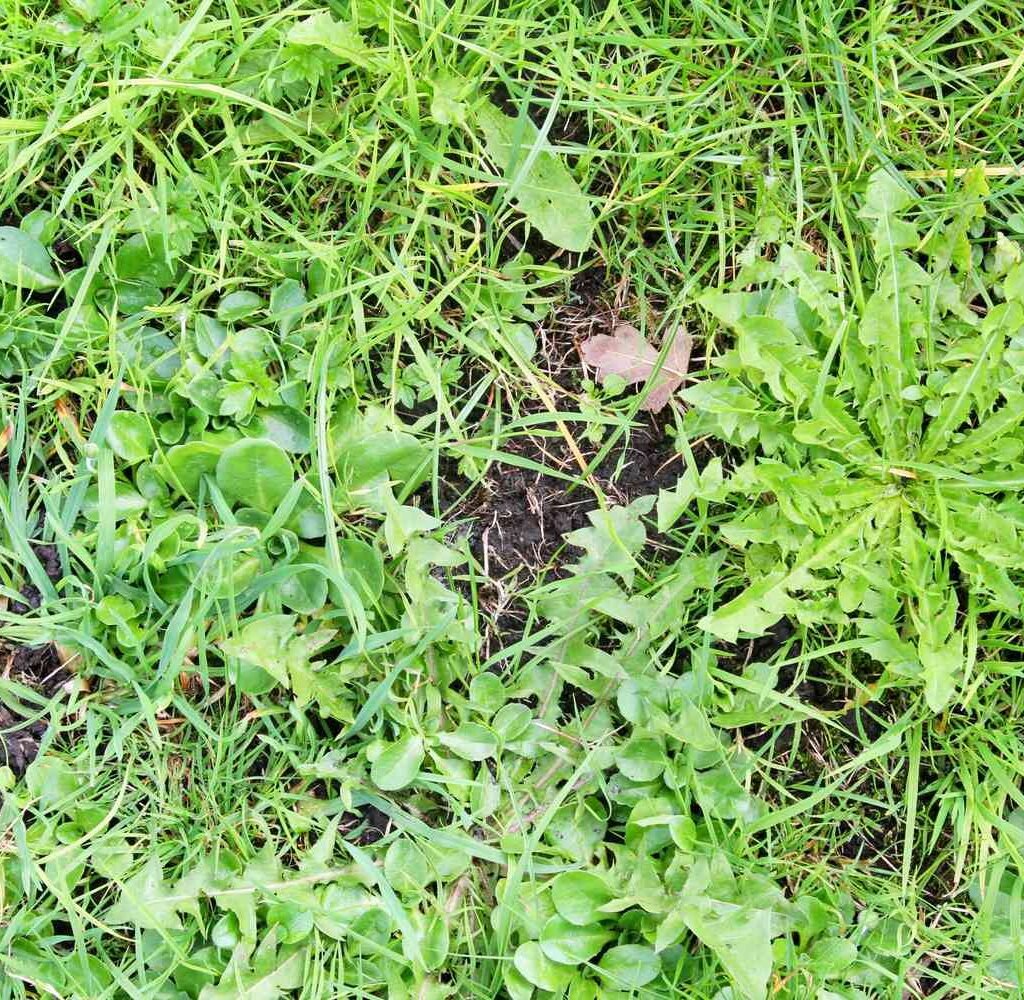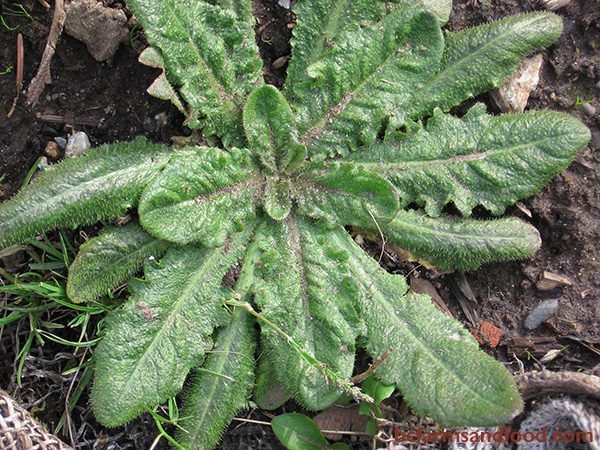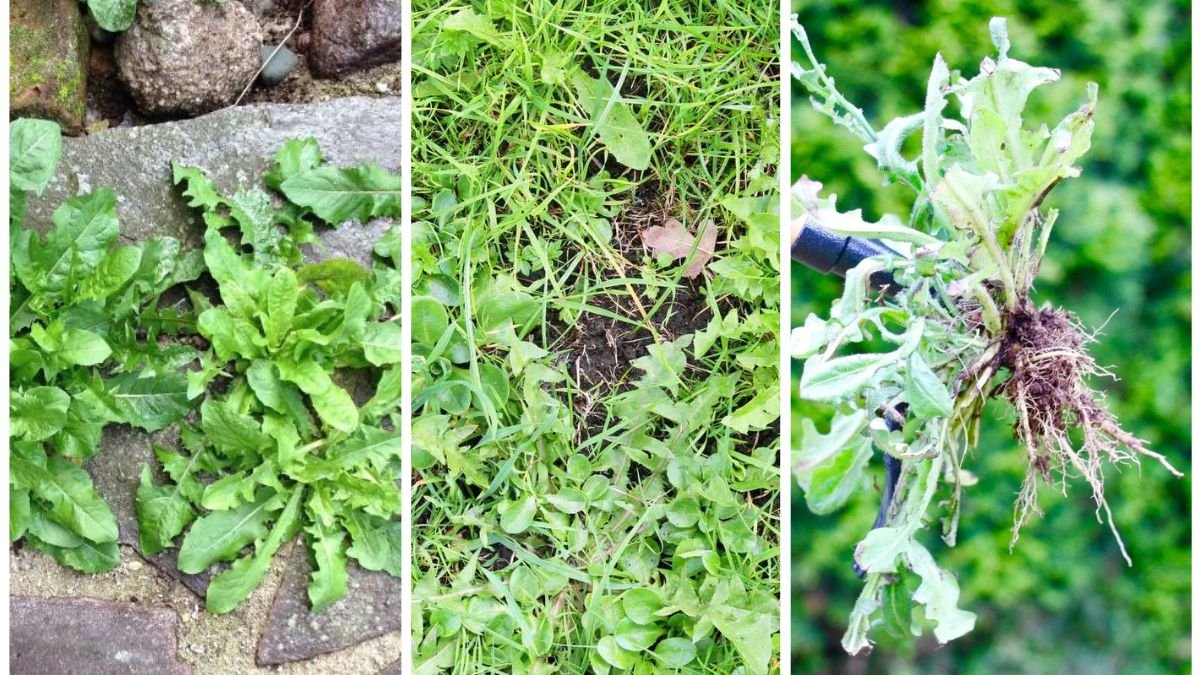Weeds are often viewed as a gardener’s worst enemy—invading garden beds, choking crops, and creating unsightly landscapes. However, weeds can also serve as nature’s soil analysts. Far from being just nuisances, specific weed species can reveal hidden problems in the soil, offering valuable insights into soil texture, pH, compaction, moisture levels, and nutrient imbalances.
This article explores which weeds indicate poor soil health, how to interpret their presence, and how to use this knowledge to restore and improve your soil naturally. By learning to read the “language of weeds,” gardeners and farmers can take proactive steps to create healthier, more productive soil systems.
Understanding Indicator Weeds

Indicator weeds are plant species that thrive in specific soil conditions—often conditions that are unfavorable for desirable crops or plants. Their presence is a biological signal that something may be wrong (or right) with the soil.
These conditions may include:
- Compaction
- Poor drainage
- Low fertility
- High or low pH
- Excessive disturbance
- Nutrient deficiencies or excesses
By observing which weed species dominate an area, you can assess what the soil is lacking or suffering from—without needing to immediately conduct expensive laboratory soil tests (though tests are still important for confirmation).
1. Plantain (Plantago major) – Compacted, Poorly Drained Soil

Plantain is a broadleaf perennial weed with large, spoon-shaped leaves and thick roots. It thrives in heavily compacted, poorly drained soil, especially in lawns or garden paths that receive regular foot traffic.
What it tells you:
- Soil compaction
- Low aeration
- Possible waterlogging
Solution:
- Aerate the soil mechanically or with deep-rooted cover crops (e.g., daikon radish)
- Add compost and organic matter to improve structure
- Avoid walking or driving on wet soil
2. Chickweed (Stellaria media) – Fertile, Moist, Disturbed Soil
Chickweed grows rapidly in moist, nitrogen-rich, and disturbed soils—common in over-fertilized garden beds or recently tilled fields. It indicates high fertility, but often unbalanced or overworked soil.
What it tells you:
- Excess nitrogen
- Soil disturbance
- Moisture retention issues
Solution:
- Use mulch to suppress chickweed and moderate moisture
- Avoid excessive tilling
- Apply balanced fertilizers, not just nitrogen-heavy ones
3. Dandelion (Taraxacum officinale) – Compacted, Low-Calcium Soil

Dandelions are among the most familiar weeds. Their deep taproots are capable of breaking through compacted soil, and their presence often suggests soil compaction and low calcium levels.
What it tells you:
- Compacted, poorly structured soil
- Possible calcium deficiency
- Low biological activity
Solution:
- Use deep-rooted cover crops to improve soil structure
- Add gypsum or lime (based on soil test) to correct calcium deficiency
- Incorporate organic matter and reduce compaction sources
4. Bindweed (Convolvulus arvensis) – Depleted, Neglected Soil
Bindweed is a vigorous, twining perennial vine with deep roots. It thrives in low-nutrient, neglected soils, often in abandoned or uncultivated areas.
What it tells you:
- Depleted soil fertility
- Lack of organic matter
- Low biological diversity
Solution:
- Add organic amendments like compost or aged manure
- Plant cover crops to restore microbial activity
- Hand-weed repeatedly to exhaust root reserves
5. Horsetail (Equisetum arvense) – Waterlogged, Acidic, Compacted Soil

Horsetail is a prehistoric-looking plant that grows well in wet, poorly drained, acidic soils, often where compaction is also present.
What it tells you:
- Soil is acidic (low pH)
- Poor drainage and compaction
- Low oxygen availability
Solution:
- Improve drainage by amending with sand or organic material
- Aerate soil
- Apply lime to raise pH (based on soil test)
6. Purslane (Portulaca oleracea) – Fertile, Compacted Soil
Purslane is a succulent weed that thrives in well-fertilized but compacted soil. It’s drought-tolerant and can indicate both high fertility and poor structure.
What it tells you:
- Good fertility, especially phosphorus
- Soil compaction
- Possible water stress due to compaction
Solution:
- Aerate and loosen soil
- Apply mulch to regulate moisture
- Monitor nutrient balance to avoid over-fertilization
7. Sorrel (Rumex spp.) – Acidic, Low-Fertility Soil

Sheep sorrel and other Rumex species are often found in acidic, infertile, and sandy soils. They are indicators of nutrient-poor conditions and low pH.
What it tells you:
- Acidic soil (pH < 6.0)
- Low fertility and organic matter
- Sandy or eroded conditions
Solution:
- Apply lime to raise pH
- Add organic matter to increase fertility and improve soil structure
- Avoid over-cultivation, which accelerates acidification
8. Lamb’s Quarters (Chenopodium album) – Rich, Overworked Soil
Often considered a “superweed,” lamb’s quarters grow in highly fertile, nitrogen-rich soil, especially in gardens and farmland. They indicate good fertility but excessive tillage or disturbance.
What it tells you:
- High nitrogen content
- Soil disturbance
- High microbial activity
Solution:
- Reduce tillage
- Use no-till or low-till methods
- Plant cover crops to stabilize soil
9. Thistle (Cirsium spp.) – Poorly Drained, Compact Clay Soil
Thistles are deep-rooted, thorny weeds that thrive in poorly drained clay soils with low organic content and compaction issues.
What it tells you:
- Clay-heavy soil with poor drainage
- Compacted and hard to work
- Nutrient imbalances, particularly low potassium
Solution:
- Incorporate organic matter to break up clay
- Improve drainage through raised beds or drainage tiles
- Consider green manure crops like buckwheat to soften soil
Interpreting Weed Patterns in the Garden
One weed alone doesn’t tell the whole story. To accurately assess soil health using weeds, consider:
- Which species dominate?
- How dense is the weed population?
- What part of the garden are they in?
- Have they appeared suddenly or gradually?
Combine weed observations with:
- Soil testing
- Crop performance records
- Water management data
This comprehensive approach provides the clearest picture of what’s happening beneath the surface.
Using Weeds to Your Advantage
Instead of just pulling weeds endlessly, use them to your advantage:
- Use deep-rooted weeds (like dandelions or chicory) to loosen soil naturally
- Leave weed biomass (non-seeding) as green mulch or compost
- Use indicator weeds as an early warning system for pH imbalance, compaction, or fertility issues
By observing and responding to what weeds are telling you, you can treat the root of the problem, not just the symptoms.
Conclusion: Weeds as Soil Whisperers
Weeds are more than just garden invaders—they’re indicators of soil health, broadcasting important messages about what your soil needs (or has too much of). By learning which weeds indicate poor soil conditions—
